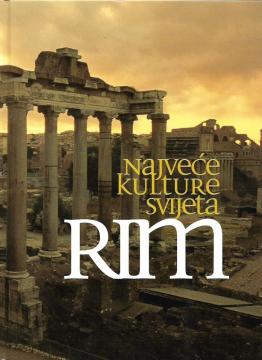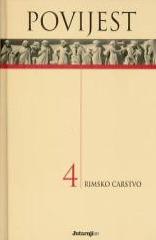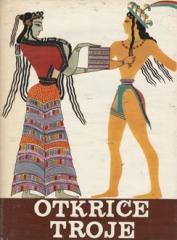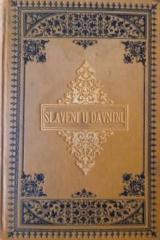
Najveće kulture svijeta 5: Rim
Najveće kulture sveta je zbirka od osam knjiga koje govore o velikim svetskim civilizacijama. U Hrvatskoj su knjige prvi put objavljene 2005. godine u Rijeci kod izdavača Ektrada d.o.o., ali je svih osam knjiga objavljeno i specijalno za Večernji list.
Obično se sredina 8. veka, 753. pre Hrista, određuje kao vreme osnivanja Rima. Neka nam ta godina posluži kao uporište. To je prva godina rimskog kalendara, koji broji godine od osnivanja grada Rima, ab urbe condita. Arheološki nalazi iz najnovije epohe potvrđuju dugo kontradiktornu teoriju. Zaista, na Palatinu su pronađeni ostaci kupatila iz sredine 8. veka, odnosno iz vremena kada su se prvi doseljenici naselili u Veliku Grčku i Siciliju. Situaciju u Italiji u to vreme odlikovali su veliki kontrasti. Područje na kome će biti osnovan Rim opustošila su dva velika talasa invazije pre nego što je grad uopšte osnovan. Prvi došljaci su bili indoevropskog porekla i živeli su u posebnom tipu naselja poznatom kao teramara. Savladali su tehniku obrade bakra i spaljivali svoje mrtve. Živeli su u trapezoidnim selima, a ponekad su sela građena u močvarnim predelima.
No copies available
The last copy was sold recently.





